Terrine w/ Salmon, Spinach & Chèvre
I have been scouring Pinterest for fun Easter foods. I do this every year and year after year keep finding absolutely to die for terrines! Now, I've never even eaten a terrine, let alone attempted to make one. So, so many, many things could have gone wrong with this! But this salmon terrine turned out absolutely deliciously!
As with a lot of things, I perused Pinterest and Googled some recipes to get the basics and then just winged it because I am not good at following instructions! And the first thing that struck me is that there seem to be three main camps of terrine. One contains gelatin and holds a shape that can suspend hardboiled eggs in it. The second is more egg-based and much like an egg casserole. And the third is more like a pâté. I'm sure that there is more nuance to it than that, but from my preliminary research on how exactly to make a terrine, this is the general impression that I got!
There was also quite a bit of debate over whether or not you need a specialized terrine mold. Which appears to be helpful, but not necessary. A well greased or parchment papered loaf pan is perfectly fine.
So, not being a huge fan of gelatinous foods because gelatin "salads" have not necessarily aged well since the 1970s! And because I have actually made several iterations of egg casseroles, which appears to defeat the purpose, I decided to make a more pâté version. I really did give a good long thought about going the retro gelatin way, but I don't own pure gelatin and I have absolutely no idea where I would even get such a specialty item in rural Wisconsin! So, pâté it is! With salmon, spinach, chèvre, and dill. And I was not disappointed!
For everything that I made during Easter, check out my article on navigating socially distant Easter Brunch.
Gallery
Variations of Salmon Terrine
This is currently the first and only terrine that I have ever made! But there are plenty of other things to do with salmon along the same lines. I've even been known to wrap them in a breakfast burritos with a runny egg! Salmon can be a delicate flavor that's easily overwhelmed, but, when done right, it's absolutely to die for.
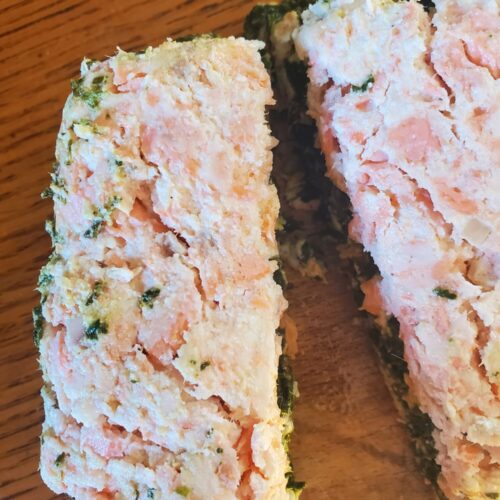
Terrine w/ Salmon, Spinach & Chèvre
Equipment
- Food Processor (optional)
- Glass Loaf Pan (or Terrine Dish)
- Large Baking Dish (optional)
- Oven
Ingredients
- 300 g. salmon baked
- 1 lemon sliced
- 2 c. spinach puréed
- 2 cloves roasted garlic (or 1 clove unroasted garlic)
- 1/4 shallot minced
- 2 egg whites whisked
- 300 g. chèvre
- 1 lemon juiced
- dash salt
- dash pepper
- 1/4 c. dill minced
Instructions
Roast Garlic
- For this recipe, I already had roasted garlic in the fridge. I tend to roast a couple of heads of garlic every couple of weeks just so that I already have it when I need but. To recreate this, you follow my Roasted Garlic recipe. It takes about an hour and requires a head of garlic, olive oil, and a garlic roaster or aluminum foil. Otherwise, use 1 clove unroasted garlic.You can also do this while you're baking the salmon to save time. Just start roasting the garlic about 40 minutes before putting the salmon in the oven.
Bake Salmon
- Preheat oven to 450 degrees Fahrenheit.
- Place salmon skin-side down on a griddle. Drizzle with olive oil and add a dash of salt and pepper. Slice a lemon and place evenly on top of the salmon.
- Bake salmon for 12-15 minutes, or until the salmon begins to flake. Salmon tends to be cooked when it loses the bright color and you can take a fork and it easily separates. Larger cuts of salmon may take upwards of 20 minutes. Smaller, individual portions may take less time. It's best to begin checking after 10 minutes of cooking and adjust the cooking time to the doneness of your filet.
- Keep the oven on, turning down to 350 degrees Fahrenheit.
Purée Spinach
- Add spinach, garlic, and shallots to a food processor. Add spinach, a few handfuls at a time, and pulse until roughly chopped. Continue adding handfuls of spinach and pulsing until all of the spinach is incorporated.Make sure to scrape down the sides occasionally. It can also help to stir the fresh spinach in slightly before pulsing. This helps to keep it from puréeing too much on the bottom while the new spinach just sits on the top.
- You can also mince them all by hand and skip the food processor entirely! I'm really only using it out of laziness because chopping that much spinach takes a bit of time and a rather large cutting board. A food processor takes a fraction of the time and energy. It will have a finer chop than doing it by hand, but I prefer a slightly more puréed consistency than wilted whole or larger pieces of spinach. Some people like stringier wilted spinach. I'm just not personally as much of a fan!
Assemble Terrine
- If you've baked the salmon ahead of time or inadvertently turned the oven off, make sure that the oven is pre-heated to 350 degrees Fahrenheit.
- LIBERALLY grease the terrine dish. I used extra virgin olive oil. Although butter or any other cooking grease works just fine.Make sure that there's enough grease for the terrine to come out smoothly later. After all, this is a presentation dish. Part of the trick is making sure that it keeps its shape and doesn't fall apart when you flip the terrine dish over and hope later in the process.
- Whisk the two egg whites together. Then, combine the eggs, salmon, chèvre, juice from 1 lemon, and a dash of salt and pepper. You want them roughly mixed together, but not necessarily pulverized. Flaky bits of salmon are still fine. Just make sure that there aren't large pockets of chèvre. It can help to mix the chèvre and other ingredients first. Then, to lightly incorporate the salmon.The exact measurement of salmon and chèvre also aren't necessary. I cooked more salmon than I needed because finding exactly 300 grams isn't entirely reasonable. You just want roughly the same amount of salmon as chèvre. A little more or less in either direction is fine!
- Add 1/3 of the salmon mixture to the terrine dish, 1/2 off the spinach mixture, and 1/2 of the minced dill. Followed by another 1/3 of the salmon mixture, the second 1/2 of the spinach mixture. Top with the remaining 1/3 of the salmon mixture. The layers will follow: salmon, spinach, dill, salmon, spinach, dill, and end with a final layer of salmon.You want distinct layers, so make sure that each section lays flat and entirely covers the dish before going onto the next layer. Make sure that the sides are coated where the layers aren't. Scrape down and re-grease if necessary to accomplish this. Part of the final presentation is being able to see the distinct layers.
Bake Terrine
- Set the terrine dish inside of a larger baking dish and fill slightly with water.This prevents the terrine from heating too rapidly and helps disperse the heat evenly. It will also add steam to the oven, preventing the top from browning too much during the baking process.
- Bake the terrine at 350 degrees Fahrenheit for 10-15 minutes, or until the egg is set.Almost everything in this dish is already cooked. You're really just making sure that the egg isn't raw. The texture should not change much and the terrine should come out looking much like it did going in!
Serve Terrine
- Let the terrine cool completely or place in the refrigerator to speed up this process.
- Once the terrine is cool, take a sharp paring knife gently to the edges to make sure that it didn't stick to the dish. Then, turn over and gently tap the top of the dish until it falls out.This should hopefully happen smoothly and all in one piece! If it doesn't, just place the pieces back together and lightly smoosh into place until it looks presentable.
Tips, Tricks, & Notes
- For more information on baking salmon, check out my articles on The Fundamentals of Oven Baked Salmon and Barbecue Salmon. I'm particularly fond of cooking on a well-seasoned cast iron griddle because you don't need additional oil or foil to to keep it from sticking. But there are certainly ways around this if you don't want to dedicate an entire cast iron pan to fish! Cooking salmon is also more of an art than a science. No two filets are going to cook in the exact same amount of time and there are definitely some tips and tricks to nailing the cook on fish.
- My first attempt at a terrine managed to come out smoothly enough! If yours doesn't, however, you can piece it back together and maneuver things into place until it looks presentable enough. Otherwise, just mix everything together and say that you made salmon pâté or spinach dip!

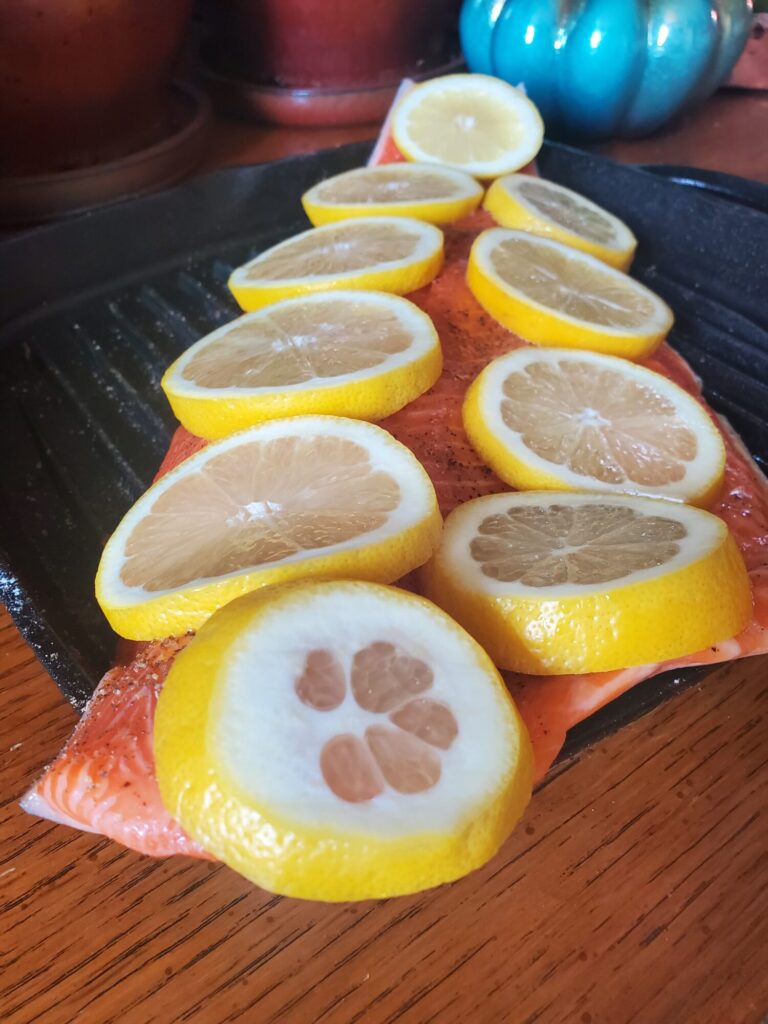
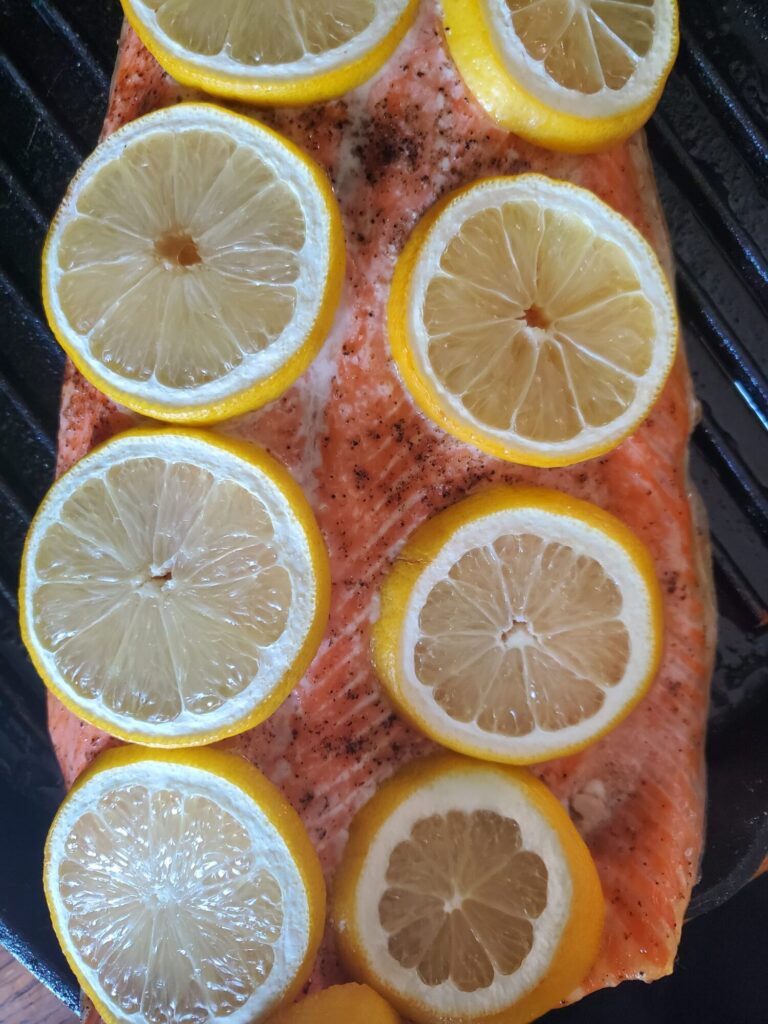
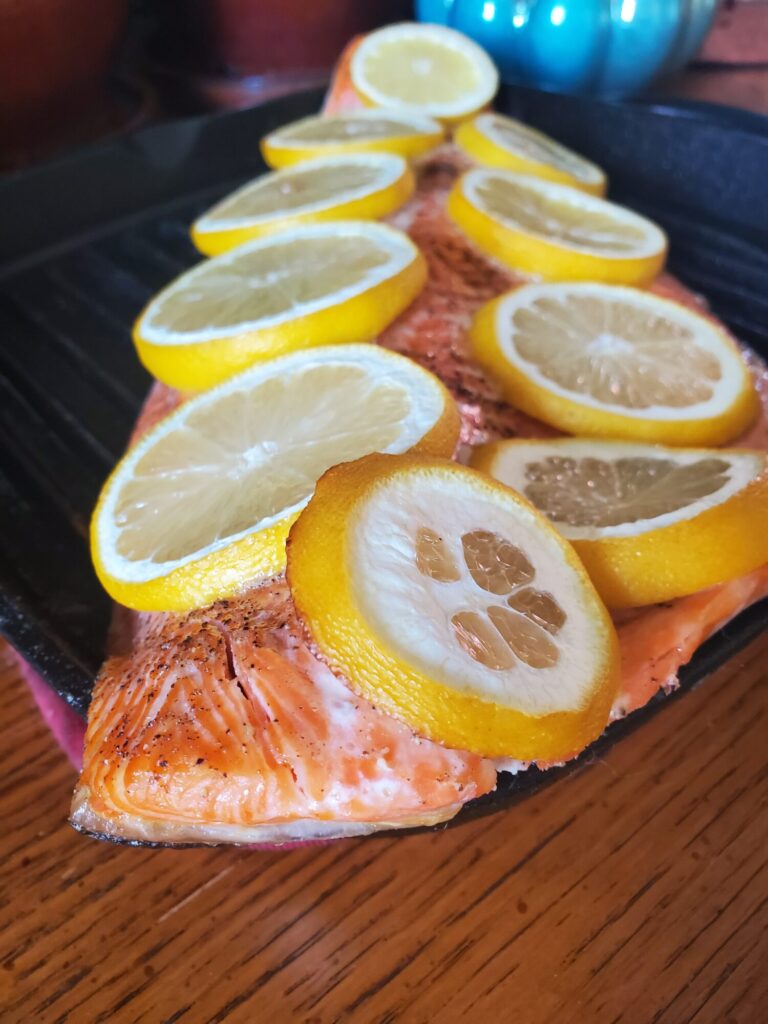




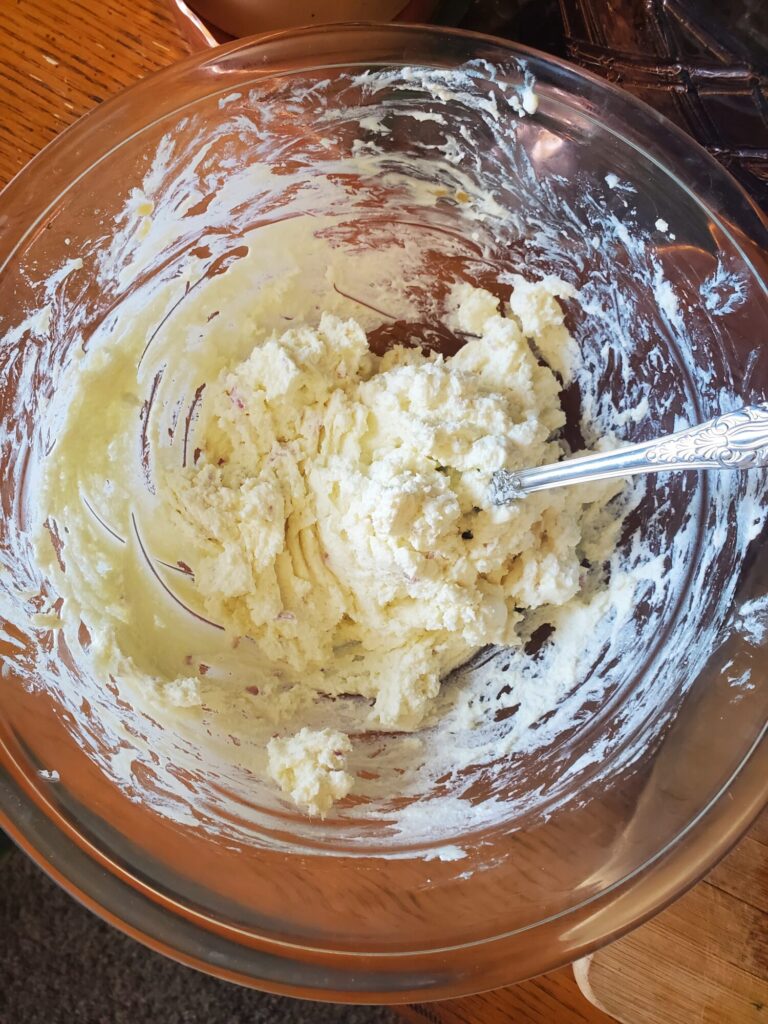
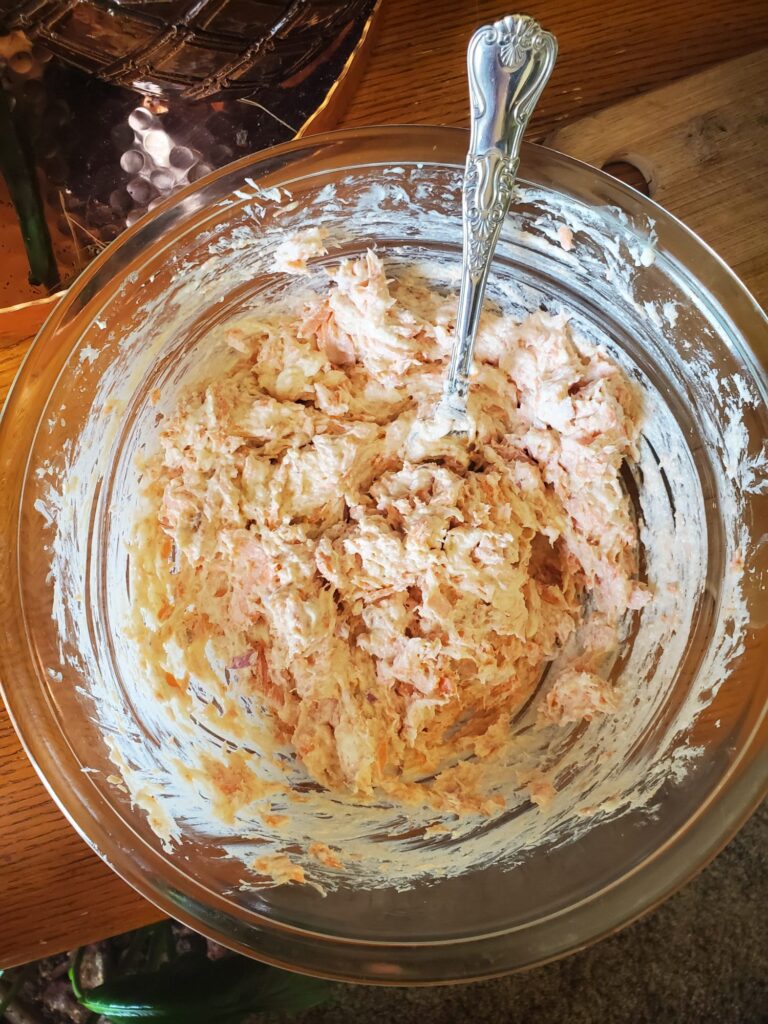
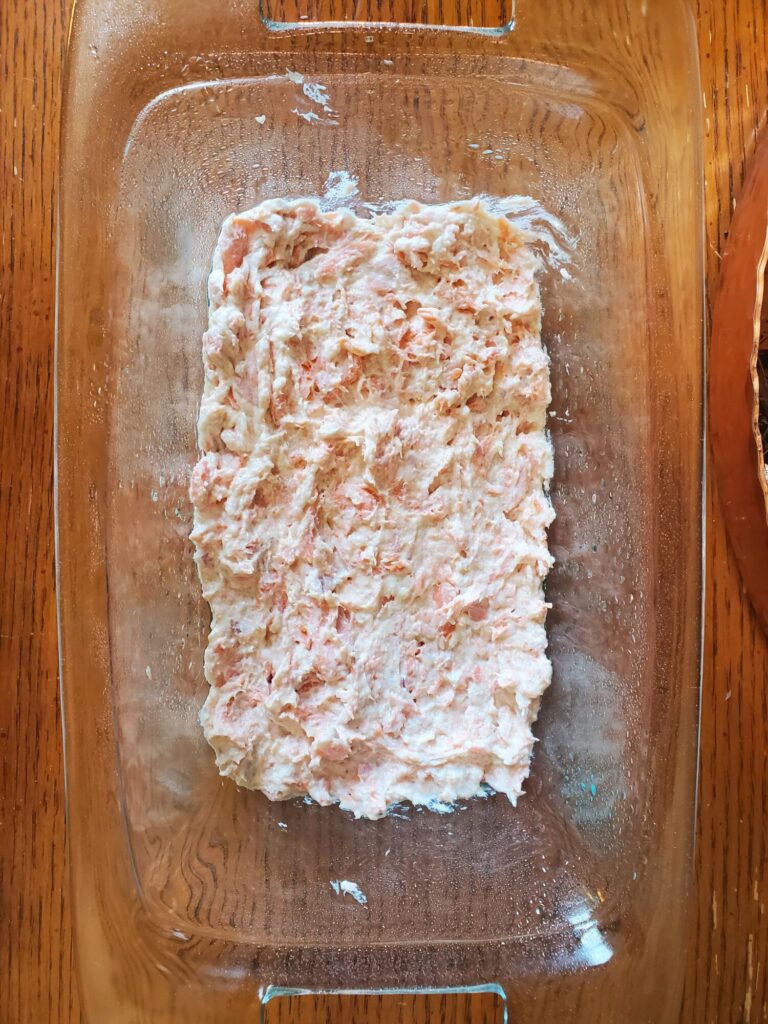
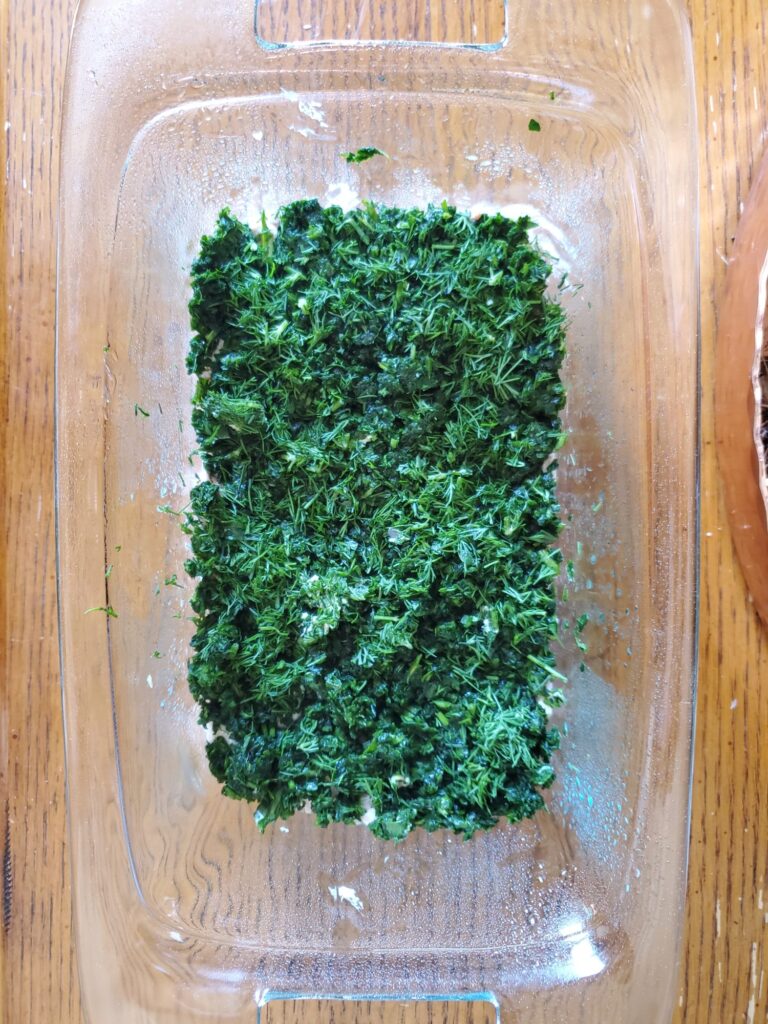
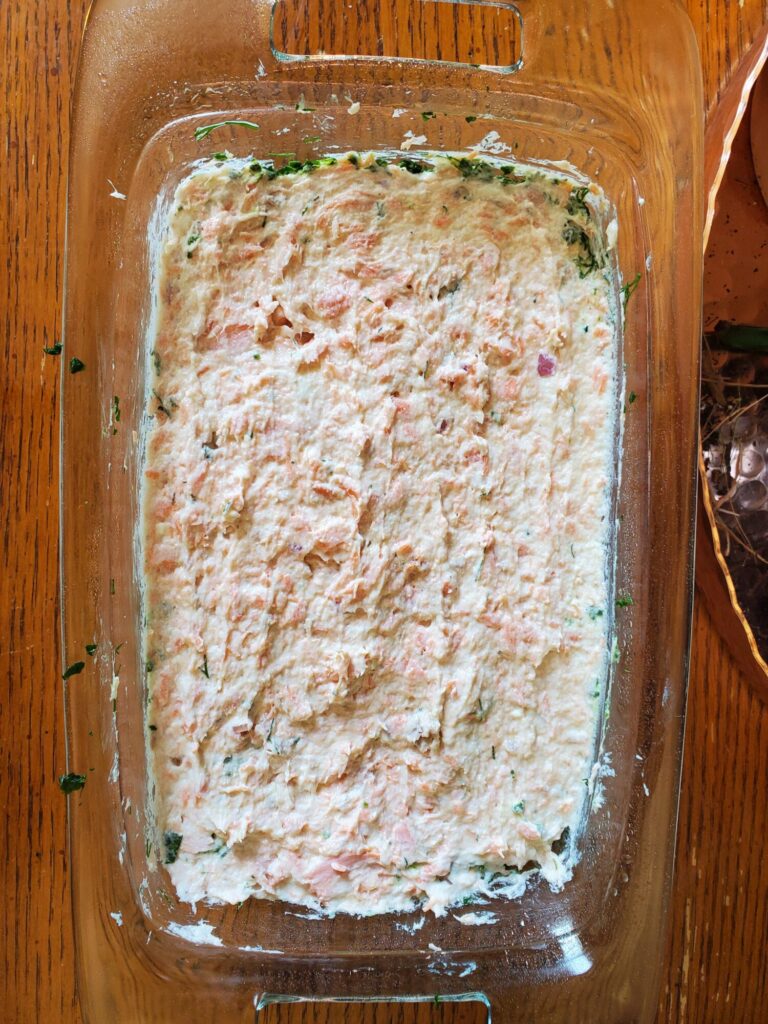
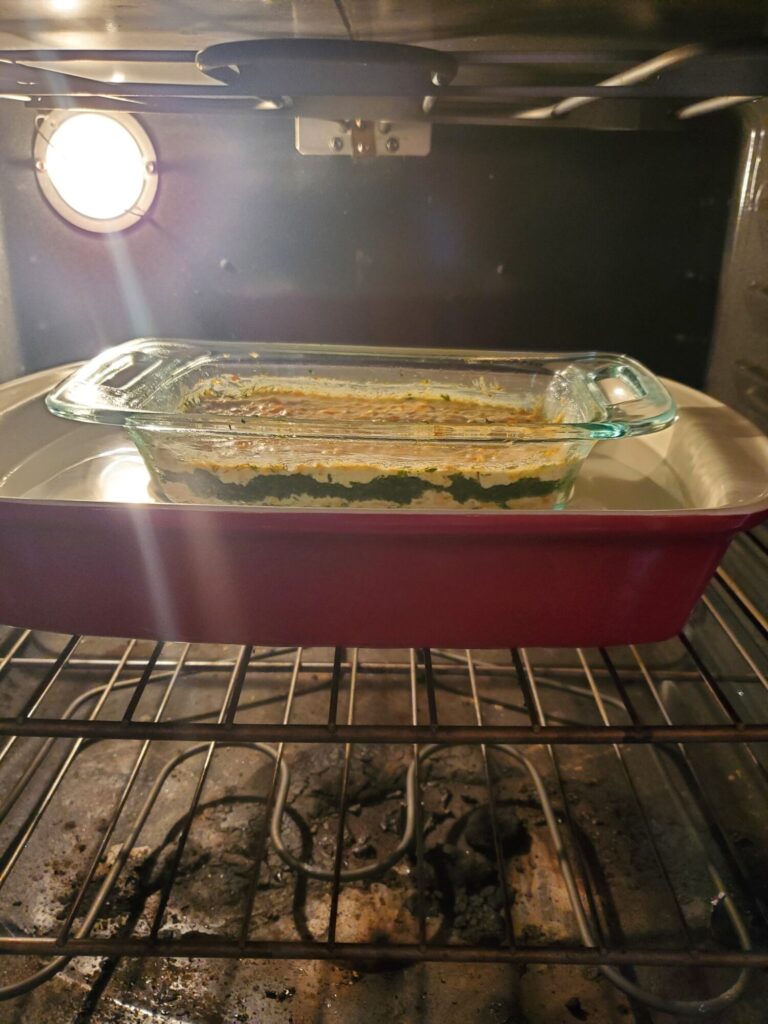
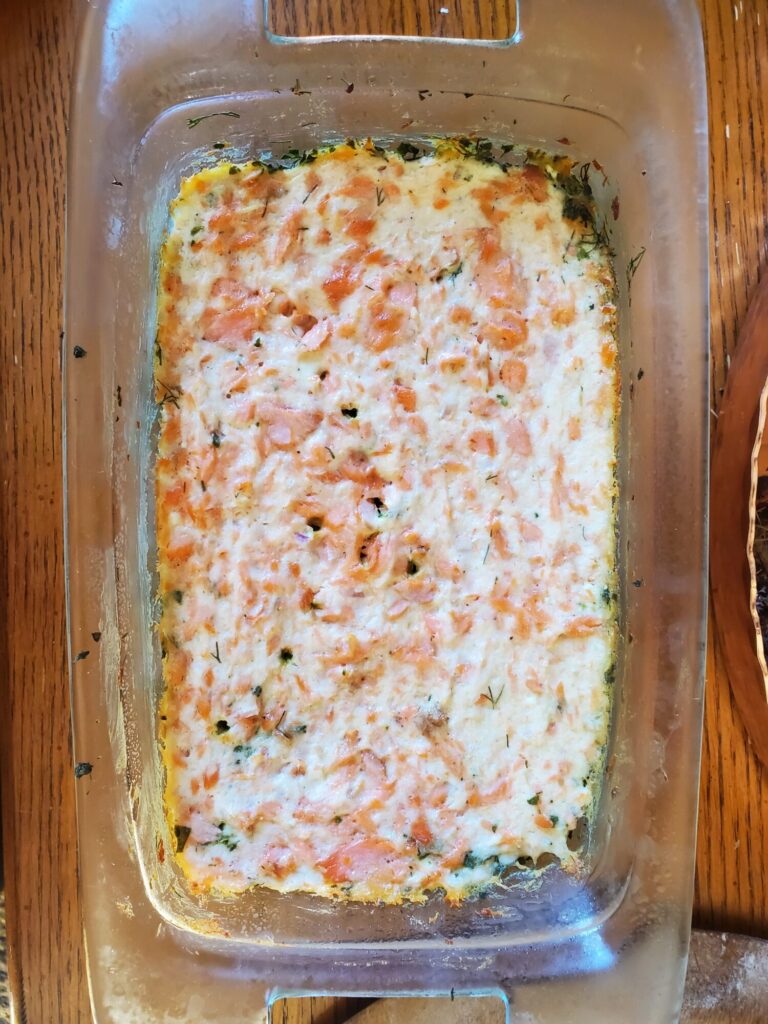



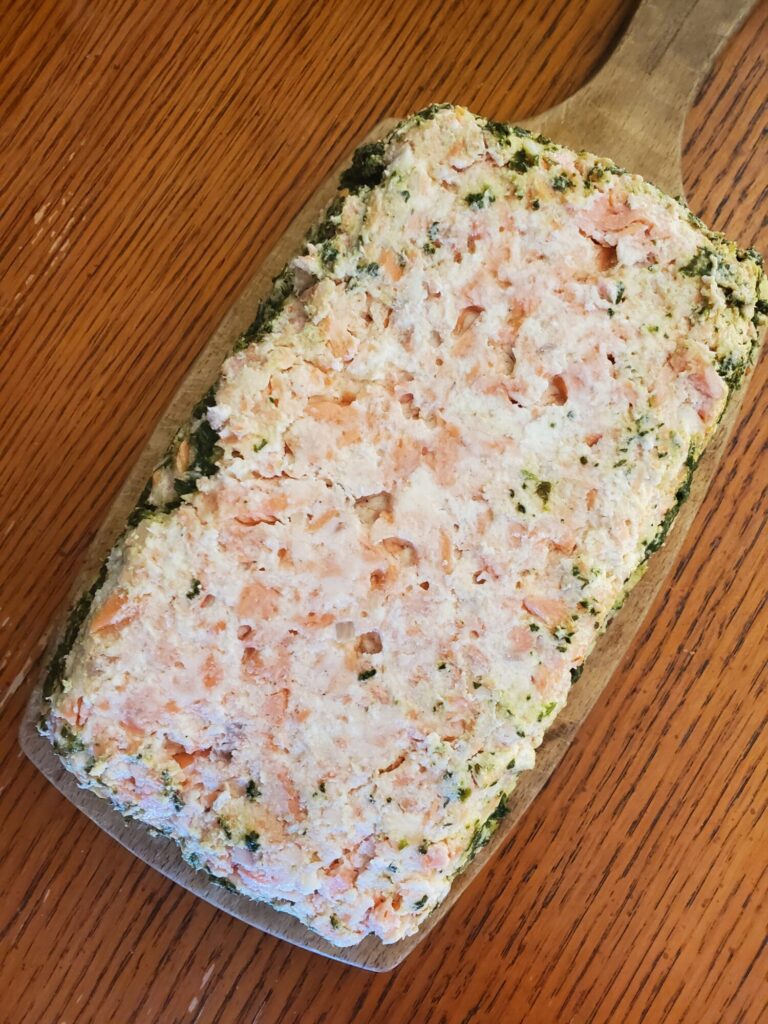
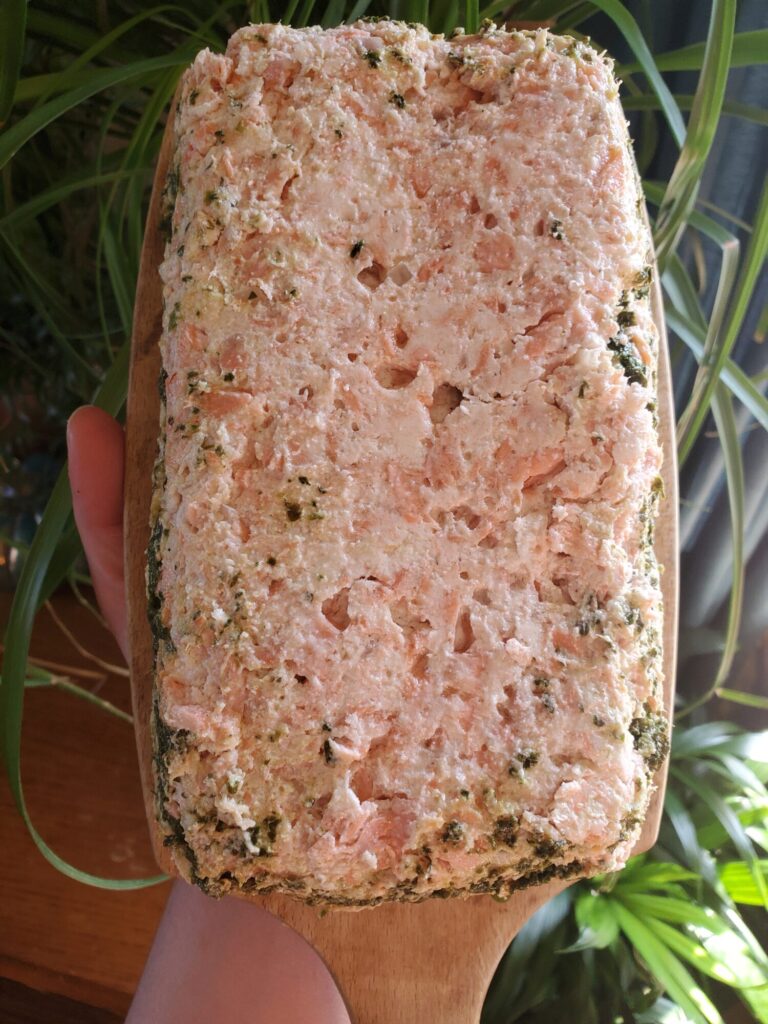
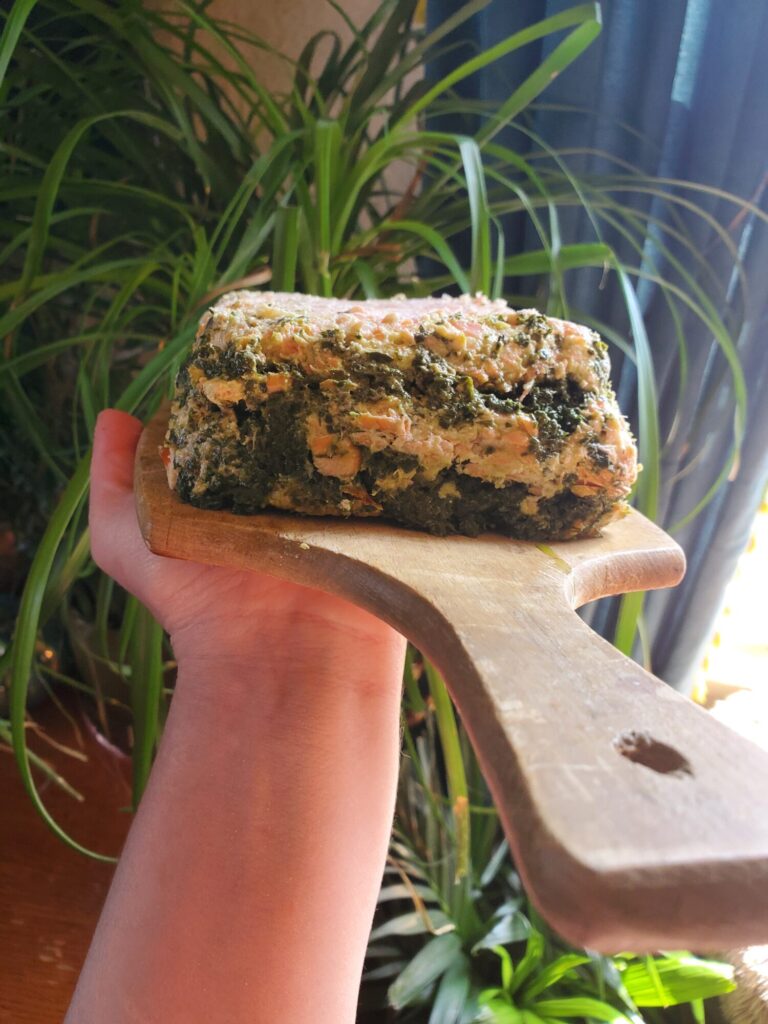
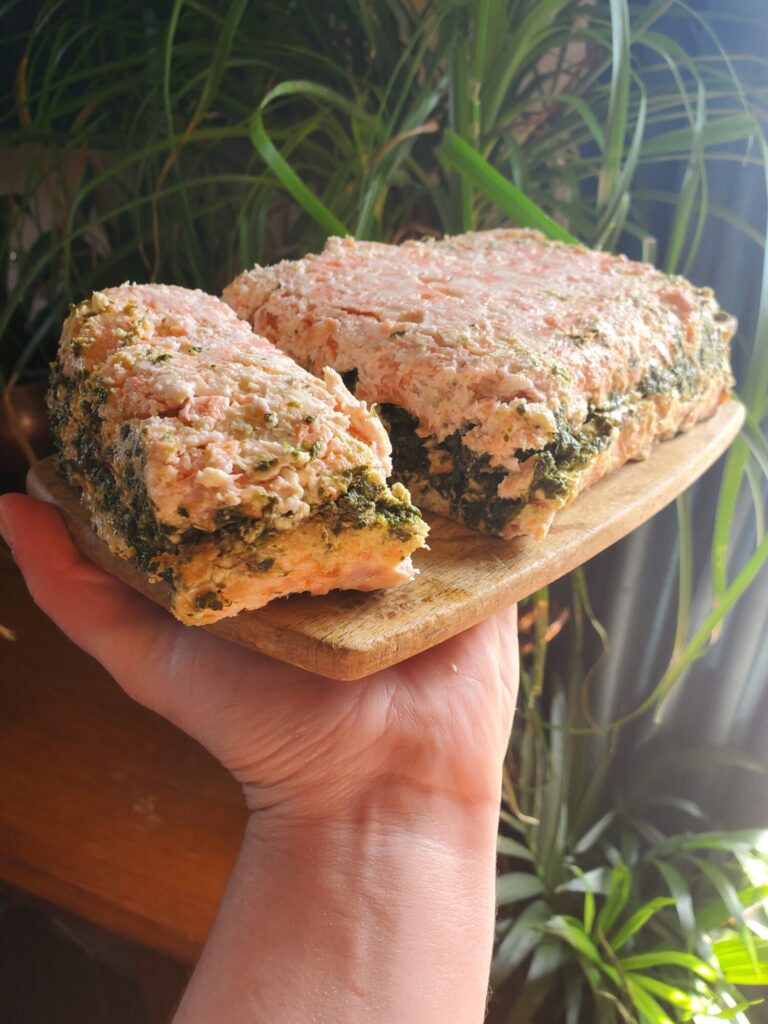
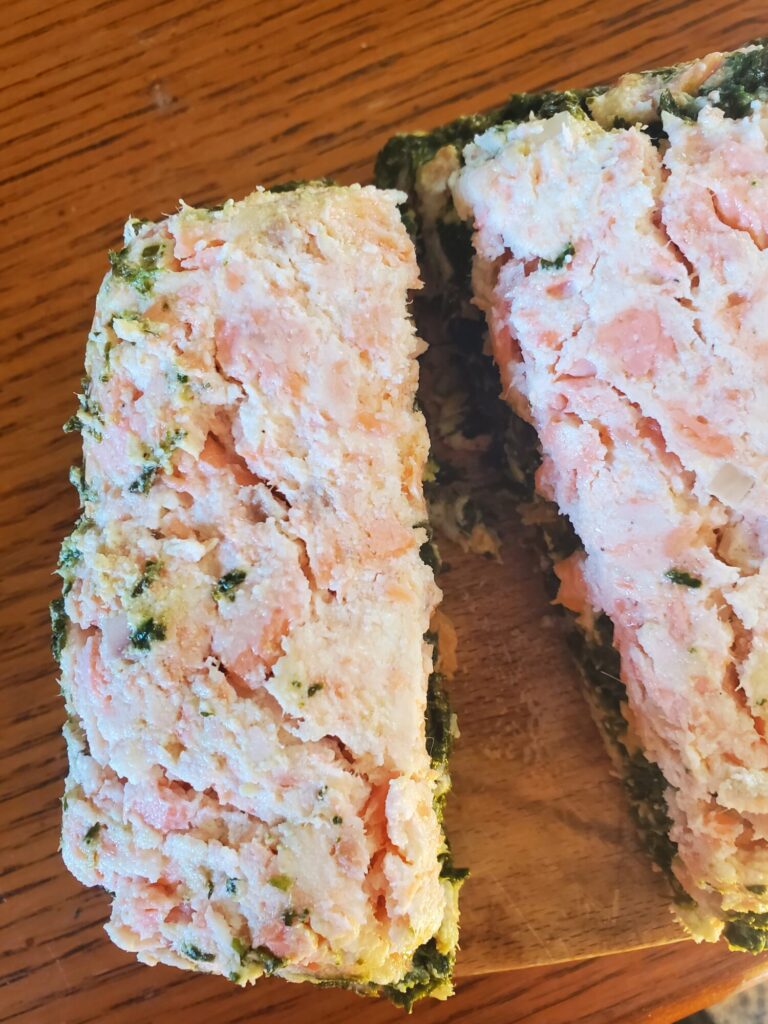

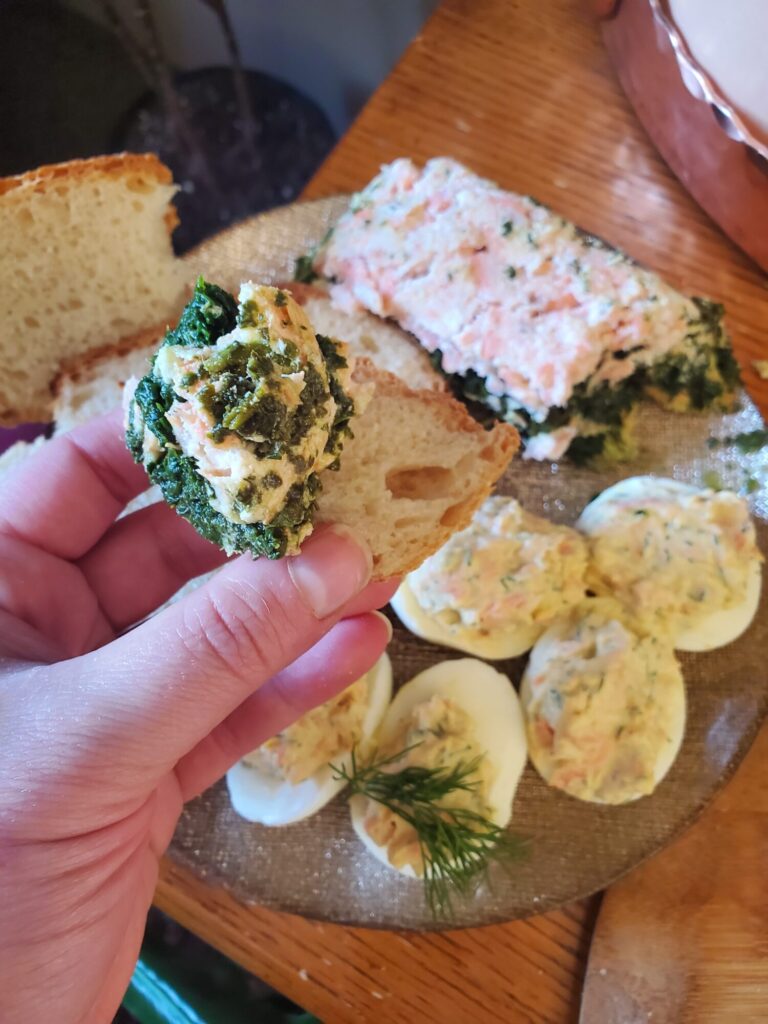
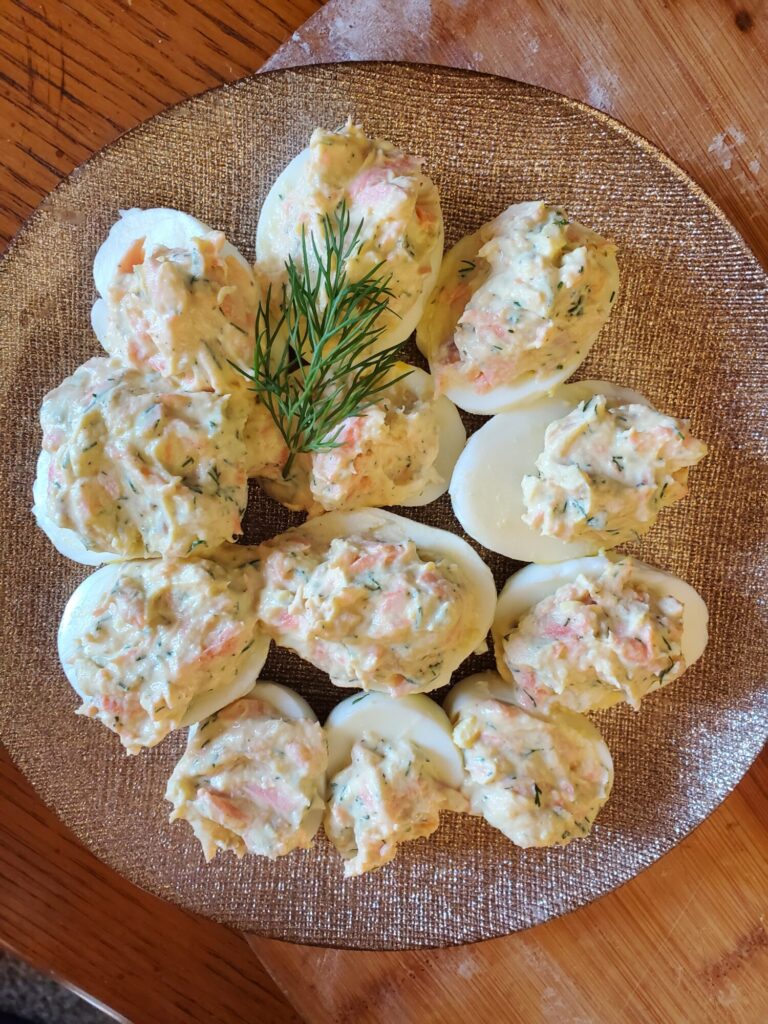
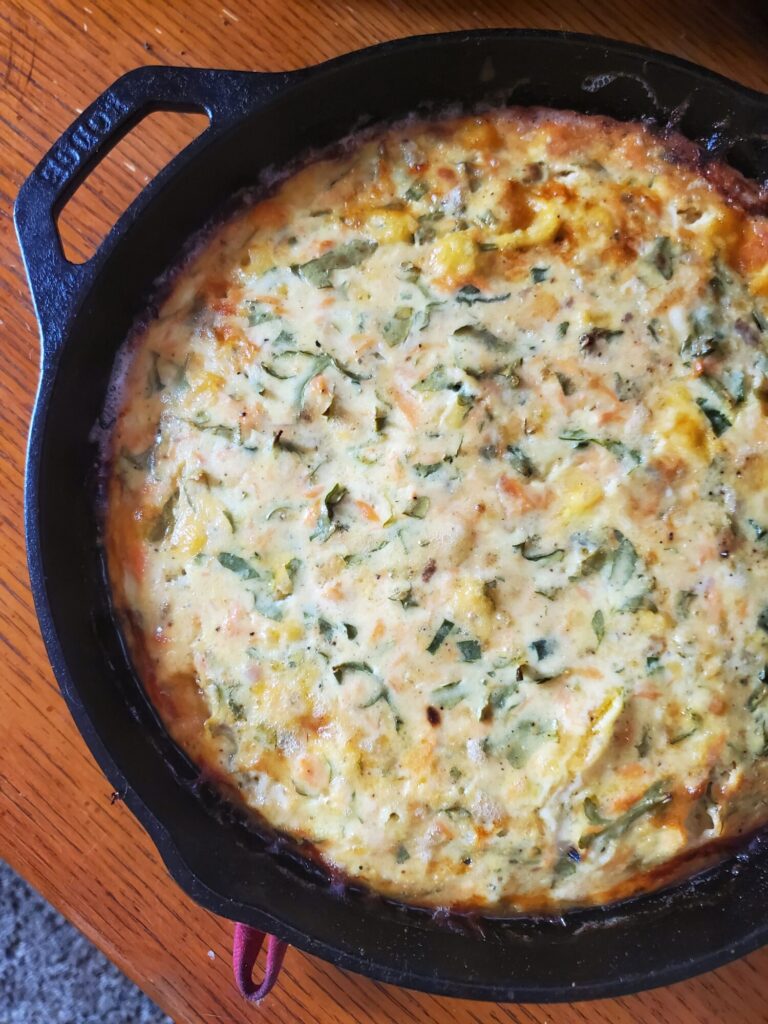

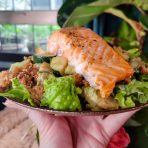
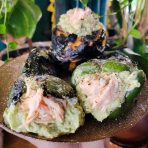
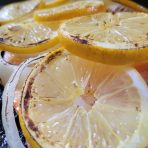
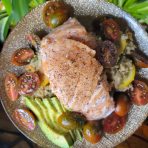

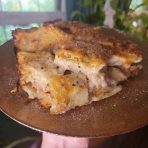

Leave a Reply